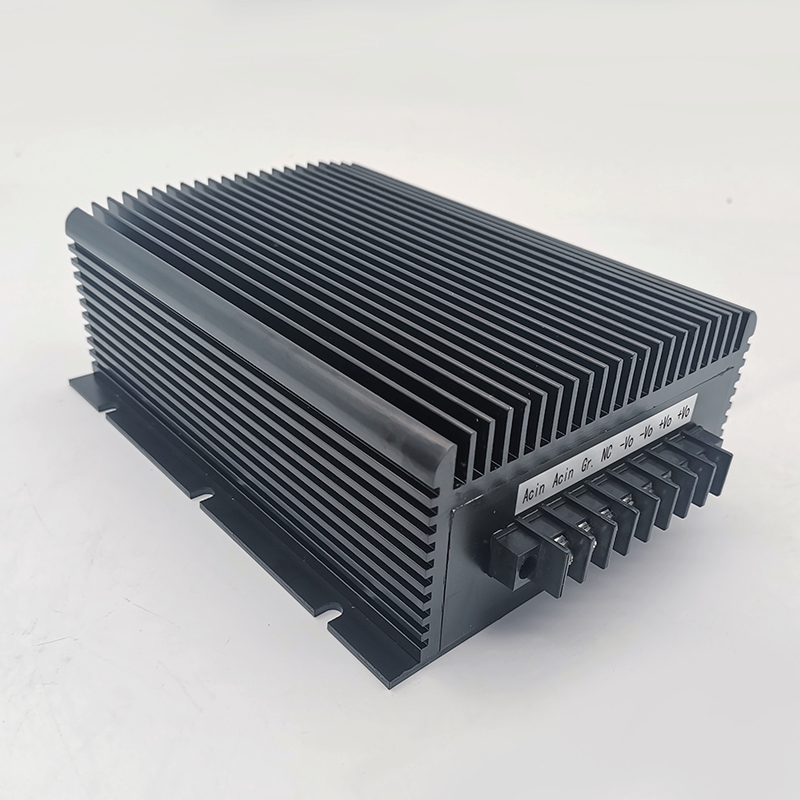What does a DCDC conversion module look like?(4)
Diode loss
Diode rectification is used in traditional rectification, and Schottky diode rectification is generally used under low voltage output conditions. Compared with other rectifier diodes, Schottky diodes have the advantages of faster switching speed and lower forward voltage, but Schottky diodes The forward voltage drop of the diode is related to the size of the rectified output current. The larger the rectified output current is, the greater the forward voltage drop, which may be as high as 0.5~0.6V or more, and the reverse leakage current of the Schottky diode is larger. .
Electrolytic capacitors, as well as monolithic electrolytic capacitors, which use sulfuric acid as the insulating medium, which allows for greater capacity savings, are made into smaller volumes, and are marked with a + symbol, some with an a symbol. Typically used for low frequency crosslinking and bypass filtering. The disadvantage is that the loss of mesons is greater. Monolithic electrolytic capacitors are due to their special properties. The performance of the material is better than that of ordinary electrolytic capacitors, and the frequency characteristics are better, but the capacity cannot be too large, and can be used in precision circuits and timing circuits.
DCDC conversion module Ceramic capacitors include ceramic dielectric capacitors, ceramic chip capacitors, ceramic tube capacitors and ceramic semi-variable capacitors. It is mainly non-polar, the dielectric material is better, and the capacity cannot be too large, suitable for high frequency circuits.
Five: Batch inspection and high temperature aging test

Regardless of how much control the product material and production process are, aging needs to be checked. Because the incoming inspection of electronic components and transformers is difficult to control, the quality stability of this batch of power supplies and whether the materials are detected to have potential safety hazards can only be detected through aging and high-temperature sampling of the entire batch of power supplies.

